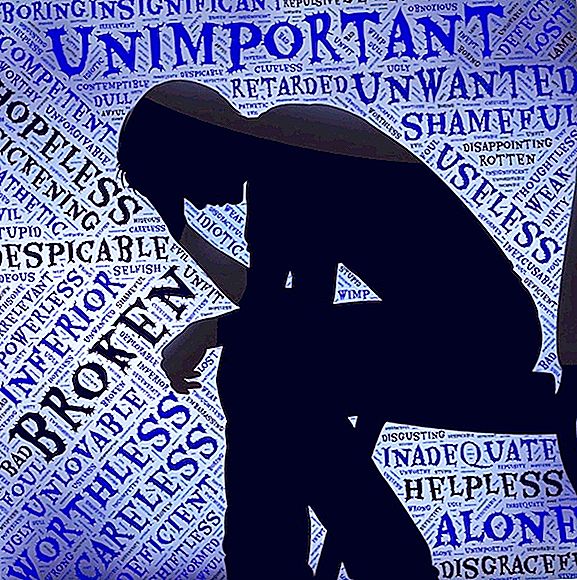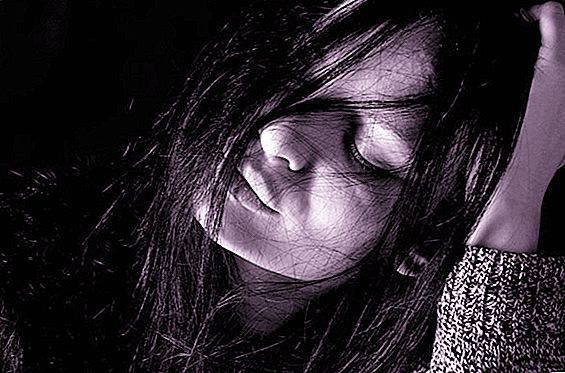What is depression? She, unlike the accepted in everyday life view, is a mental illness, accompanied by a number of complaints.

Stably depressed mood, lethargy of actions and thinking, loss of interest in the environment, as well as a variety of physical symptoms, such as insomnia, impaired or loss of appetite, up to the onset of pain, are all possible signs of depression.
Most sufferers of depression sooner or later have suicidal thoughts, and as a result, from 10 to 15% commit suicide.
Depressive conditions recur annually. The peak of the disease occurs in the age group of 30-40 years. The likelihood of developing depression during life is 7-18%, while the risk for the female population to undergo this disorder is two times higher than for men.
Many of the sick do not go to the doctor. Some because of ignorance, others out of a sense of shame or attempts to oust, fear to admit the presence of the disease. Often, however, depression, due to their varied symptoms, is not detected by doctors, since not everyone equally has sufficient psychiatric experience to quickly recognize a disease.

Unipolar depression is said to be when the depressive phases are not yet manic. Such signs as depression, apathy, lack of interest in what is happening, as well as phases of an overly high mood with a tendency to distance (mania) should appear, then we are talking about bipolar depression. In approximately 20% of patients, the disease is bipolar.
In recent years, evidence has been found that bipolar disorders with mild manic symptoms may remain unrecognized. Pure mania without a depressive phase are rare and make up about 5%.

